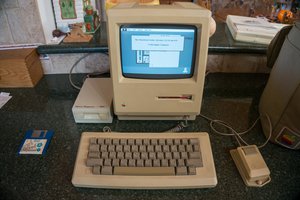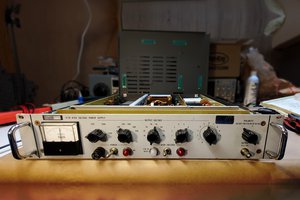Any fool can invent a bus, and many have.
It isn't as simple as most people think, because as wires get longer they start behaving like transmission lines. Signals take time to travel, and bounce back from the end of wires. Wires act like antennae, transmitting radiation and picking it up.
I've pointed this out to people using stripboard as a bus, and because they don't want to take it on board they get defensive and say "well it works well enough for me so far". Well yes, it will work okay right up to a point when it doesn't, and then waste endless hours figuring out what is wrong and trying to fix it. In a badly designed bus, it can be prohibitively expensive to redesign boards properly and scrap the old boards.
A colleague of mine worked for a company that took over Acorn's Acorn-bus business. Systems worked on an office desk or hobby den, with maybe a CPU and a disk controller. But they could never be made to work reliably anywhere doing serious work, like a factory. Eventually they realised it wasn't robust and they moved to the STEbus.
Well-designed termination is essential to stop problems like reflections, ringing, overshoot, undershoot, electromagnetic transmission, picking up interference and so on.
It isn't difficult to understand, or implement, so there are no excuses for bad backplane design.
 Keith
Keith



 jdunbar360
jdunbar360
 Bud Bennett
Bud Bennett
 Collin Matthews
Collin Matthews
 Nick Sayer
Nick Sayer
It's this project still active? Do you have a functioning backplane? If so can you post Gerbers or board layouts?